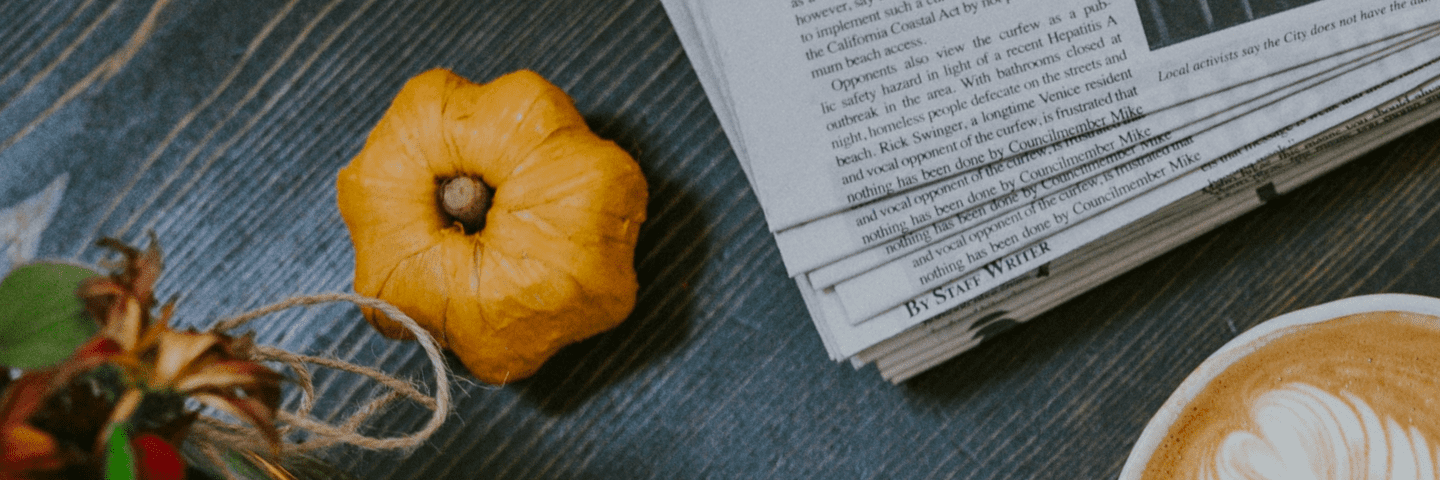The Fourth Amendment of the Patent Law
Release time:
2020-10-30 13:31
On October 17, 2020, the 22nd Session of the Standing Committee of the 13th National People's Congress passed the decision on Amending the patent law of the people's Republic of China. The revised Patent Law will be implemented on June 1, 2021. This is the fourth Amendment of the patent law of China, with 29 amendments in total. This Amendment mainly focuses on three aspects: strengthening the protection of patent rights, promoting the transformation and application of patents, and improving the patent authorization system.

First of all, the Amendment strengthens the protection of the legitimate rights of patentees. In the Amendment, it is stipulated that "For willful patent infringement with serious circumstances, the amount of compensation shall be determined ranging from one to five times the amount of compensation determined by the preceding methods. Where it is difficult to determine the losses suffered by the patentee, the profits which the infringer has earned through the infringement and royalties, the people's court may set an amount of compensation of no more than RMB 5,000,000 in light of factors such as the type of the patent right, the nature of the infringing act and the circumstances. "This Amendment not only increases the statutory compensation limit stipulated in the original Patent Law, the lower limit is increased from 10,000 to 30,000, and the upper limit is increased from 1 million to 5 million; it also provides for the implementation of a punitive compensation system for serious infringement of patent rights, and the compensation can be up to 5 times. The addition of punitive compensation and the increase of statutory compensation will be conducive to the protection of the legitimate rights of patentees. It also increases the cost of infringement. In addition to increasing the compensation, the Amendment also stipulates that: "In order to determine the amount for compensation, under the circumstances in which the right holder has endeavored to present evidence, and the related account books or materials are mainly in control by the accused infringer, the people's court may order the accused infringer to provide account books and materials relating to the infringing conduct; if the accused infringer does not provide or provides false account books or materials, the people's court may refer to the right holder's claims and evidence to rule on the amount of compensation. "This provision improves the rule of evidence and reduces the burden of proof on the obligee.
Secondly, this Amendment adds the open license system, which stipulates: "Where the patentee declares in writing to the administrative department for patent under the State Council that he is willing to license any entity or individual to exploit his or her patent, and specifies the method and standard for payment of the licensing fee, the administrative department for patent under the State Council shall make an announcement and implement an open license. Where an opening license declaration is made on a patent for utility model or design, a patent evaluation report shall be provided." In order to encourage patentees to implement open licenses, the law also stipulates that the annual patent fees paid by the patentees will be reduced during the period of the open license. Although there are many patent applications in China, the patent conversion rate is low. The open license system can make the patentee reach a license agreement with many people, which can effectively promote the implementation of patents and accelerate the transformation of innovation achievements.
Thirdly, this Amendment has also improved the patent authorization system. This Amendment improves the relevant system for the protection of design patents and adds the domestic priority to design patents. It stipulates that "where an applicant claims the priority of a design patent, he / she shall make a written declaration at the time of application and submit a copy of the patent application document for the first time within three months." Besides, the term of protection for design patents has been extended from 10 years to 15 years.
In addition to the three aspects above, this Amendment also adds new provisions on the compensation period of drug patents. It provides that "The State Council may make a decision to extend the duration of invention patents of innovative pharmaceuticals which have been approved for marketing in China, to make up the time used for drug approval, and the extension period shall not exceed five years and the net effective duration of such innovative pharmaceuticals which have market launches shall not exceed fourteen years." Compared with the patents in other industries, drug patents have their own characteristics. When the drug is finally put on the market, the patent period included in the drug is not long, and the interests of the R & D pharmaceutical factory are not well protected. The newly-added drug patent compensation period can effectively strengthen the protection of drug patents and promote continuous innovation in the pharmaceutical industry. However, we need to point out that although the system of compensation period for drug patent is added in the Amendment, there are still many problems to be clarified in the actual application of this clause. For example, what is the definition of "new drug" in the clause? Can approved drugs apply for the compensation period? If the approved drugs can be included, how to limit the scope? These issues need cooperation between CNIPA and NMPA to formulate relevant implementation rules.
In summary, this Amendment has improved the patent authorization system and the rules of evidence and added the open license system and the drug patent compensation period system. It will play a positive role in strengthening the protection of patent rights and accelerating patent industrialization.
The,of,to,patent,and,in,for,compensation,amendment

